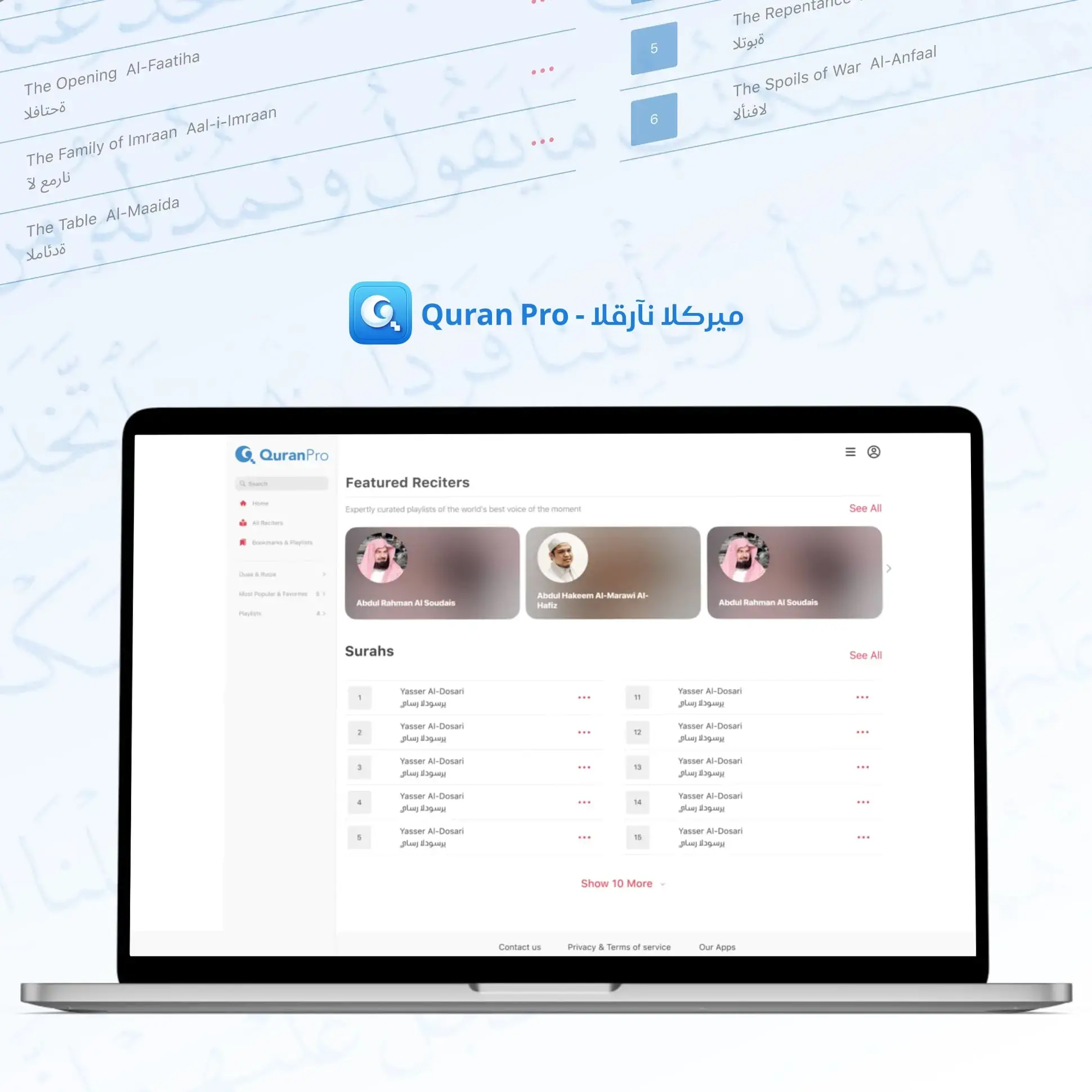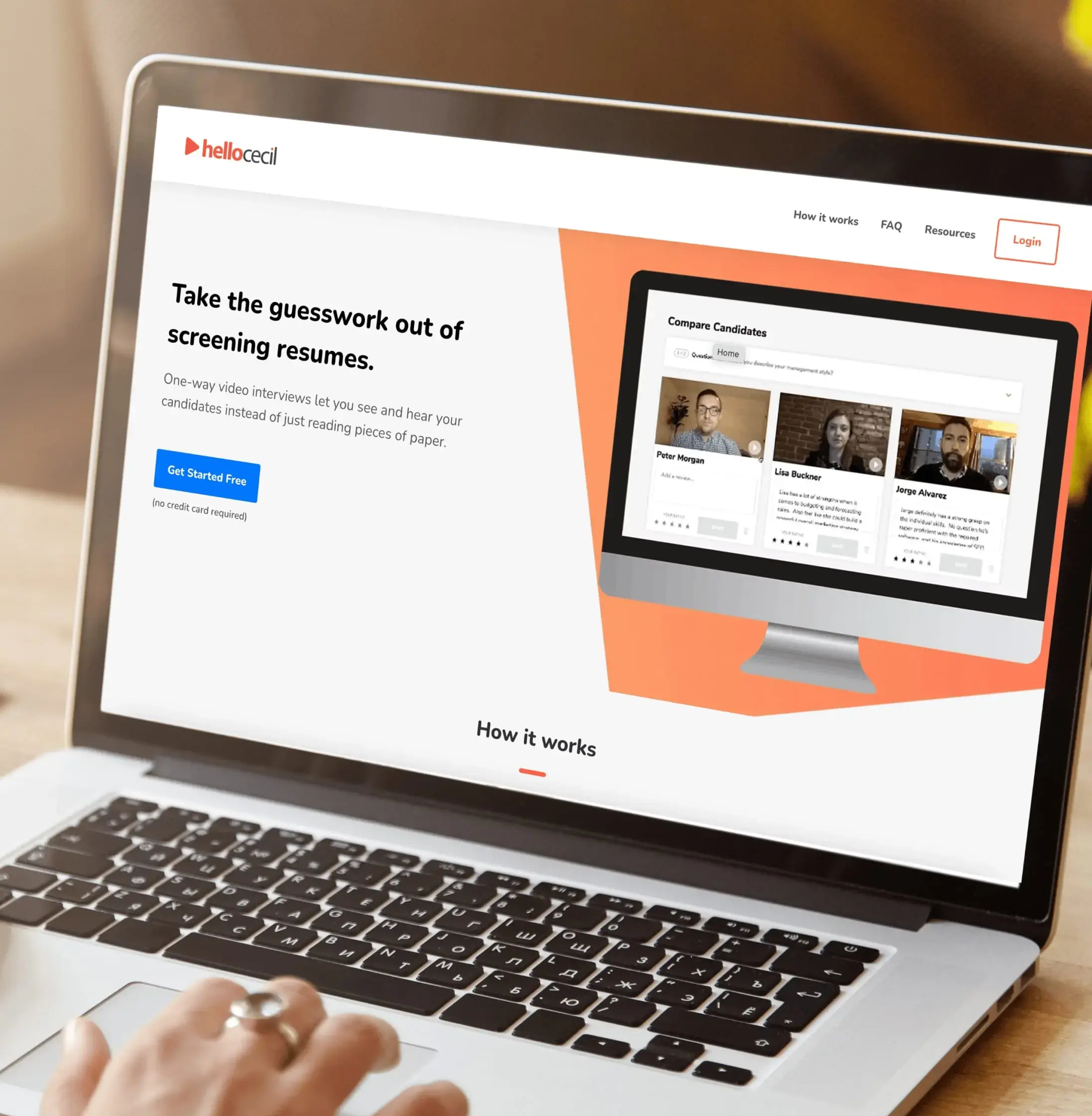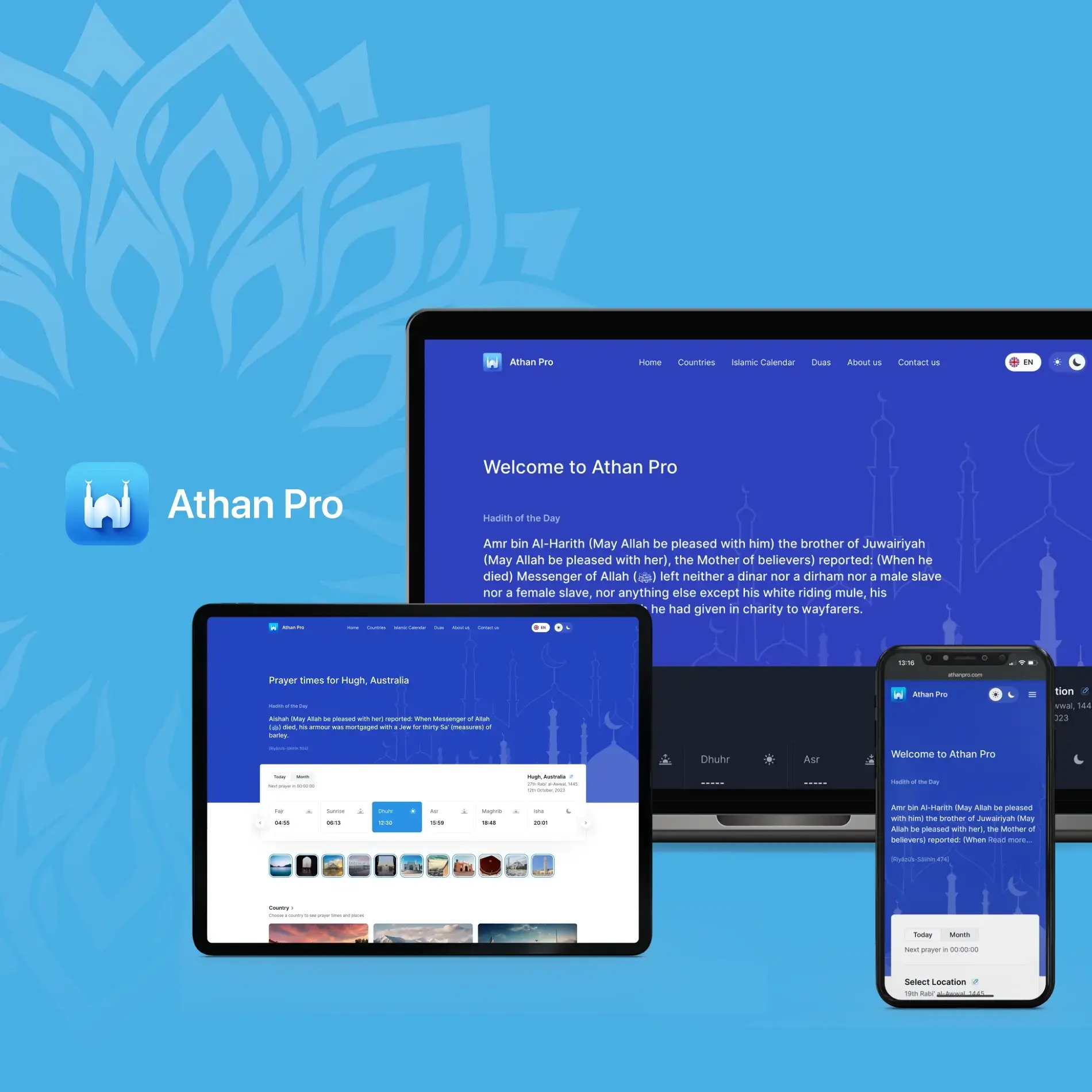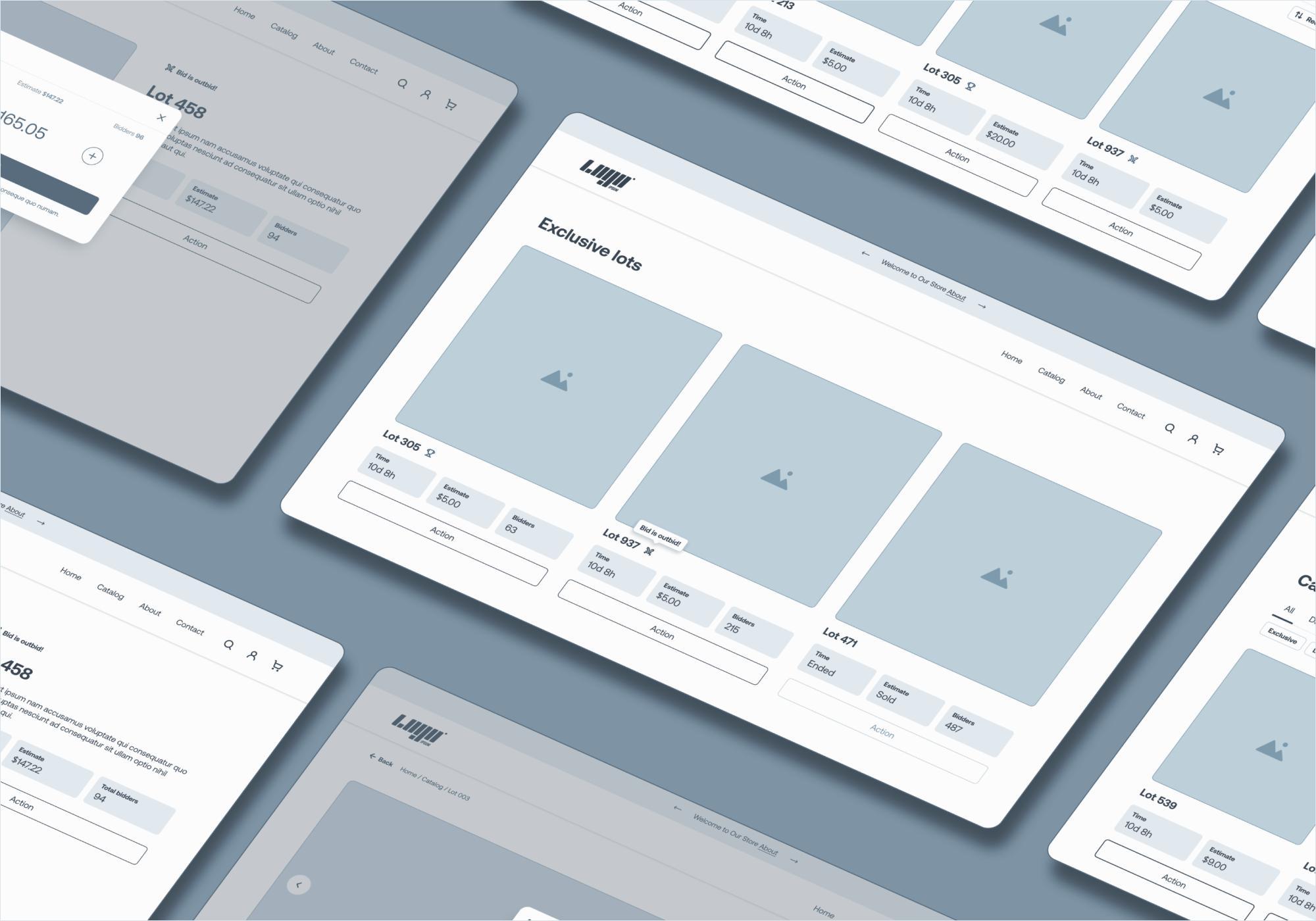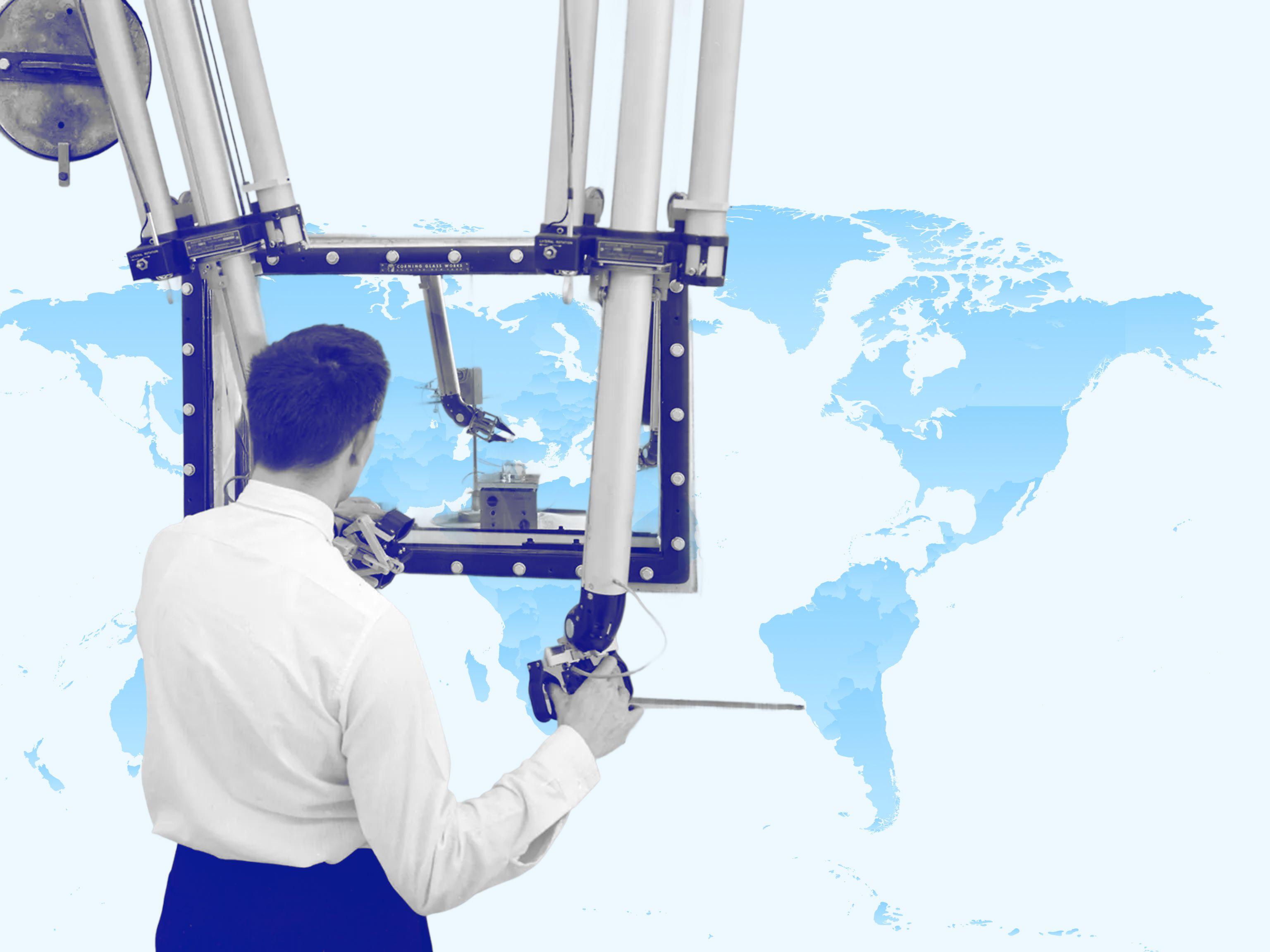
- Project Estimation
- SaaS
- Web Development
How Much Does It Cost To Develop a SaaS Platform? Budget Breakdown
Learn how to manage your SaaS cost without sacrificing quality and find the best way to develop a SaaS platform on a budget.
May 16, 2024 | Updated on November 24, 2025 | 10 min

Alex Padalka
CEO and Co-founder at JetBase
Table of Contents
- Analyzing the Factors That Determine SaaS Development Costs
- Case Studies: Cost Analysis of Developing Popular SaaS Clones
- Key Components Influencing SaaS Development Budget
- Overlooked and Hidden Costs in SaaS Development
- Strategic Planning for SaaS Development
- Real-Life Budget Pitfalls and How to Avoid Them
- Minimizing Costs and Maximizing Efficiency in SaaS Startup Launches
- Ready to Build Your Own SaaS?
- SaaS Budget Optimization Tactics from JetBase Projects
- FAQ
Our Cases
Innovation isn’t just about ideas - it’s about execution, turning vision into reality, and creating solutions that truly make an impact. See what we’ve built and how it works:
- HealthCare
- Media & Entertainment
- eCommerce
- Amazon Web Services
- Cloud Cost Optimization
- Serverless Application
- Retail
- HealthCare
- Media & Entertainment
- eCommerce
- Amazon Web Services
- Cloud Cost Optimization
- Serverless Application
- Retail


